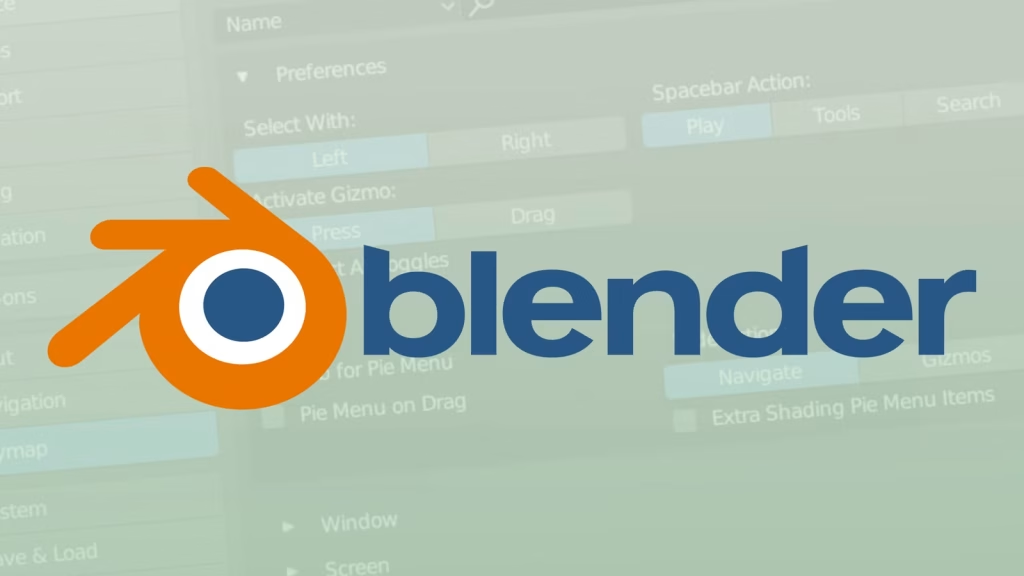Blender 5.0 has arrived, bringing with it a massive list of updates across the entire program. The developers didn’t hold back this time, and it feels like most of the pipeline has new features, all of which are welcome because they make the application better.
For me, the most important change has to be the complete overhaul of UV selection. Selection sync is now on by default, and grabbing a face no longer rips it apart. Island selection now works well even when sync selection is enabled. Beyond the fix, you can also now pack UV islands to a custom region and move islands by UDIM tile, grid unit, or even pixel using simple number pad arrows.
The core system for geometry nodes has been simplified, which is great because it is a confusing concept to learn. The socket system now uses clearer, static shapes, and the new vertical bar is strictly for single values. The circle looks like the most versatile socket, accepting or producing all different kinds of data.
The developers also introduced the new Bundle system, which lets users combine multiple noodles into a single, neat conduit. This is going to be a huge help for keeping complex node trees tidy and modular.
Even more exciting is the new support for volumetric Grids using the industry-standard OpenVDB format. This gives you limitless ways to use volumetric data right inside Geometry Nodes with standard math nodes for modification.
Also, several new modifiers are built right on top of Geometry Nodes. These include a new Array modifier with interactive gizmos and support for circular arrays. The new Scatter on Surface modifier makes distributing assets in a natural-looking way simple.
For curve users, the Curve to Tube modifier is fantastic, and it looks like it makes nice, evenly spaced tubes with options for rounded caps. This approach is a real win-win because beginners get easy tools, but advanced users can still dive into the node groups and tweak them.
The color management updates are also huge. Blender 5.0 supports outputting to HDR displays and includes HDR view transforms. You now have full support for the ACES 1.3 and ACES 2.0 transforms, and you can even change Blender’s working space to ACES CG. This is crucial for professionals who need to match pipelines with other applications.
Animation and Rigging also received some necessary quality of life improvements, though one change might annoy some people immediately. The hotkeys for jumping between keyframes have been flipped, meaning the down arrow now moves forward in time for some reason.
Some good news is that working with multiple instances of the same armature is much easier now because bone visibility and selection state are handled at the bone level, not the armature level. This means hiding a bone in one character instance won’t affect the others.
One thing to keep in mind is the compatibility changes. Blender 5.0 dropped official support for Intel Macs and older GPUs from around 2014, due to the amount of work that comes with maintaining them.
If you’re eager to start using this, update your app or download Blender from the official page.
Source: Blender


